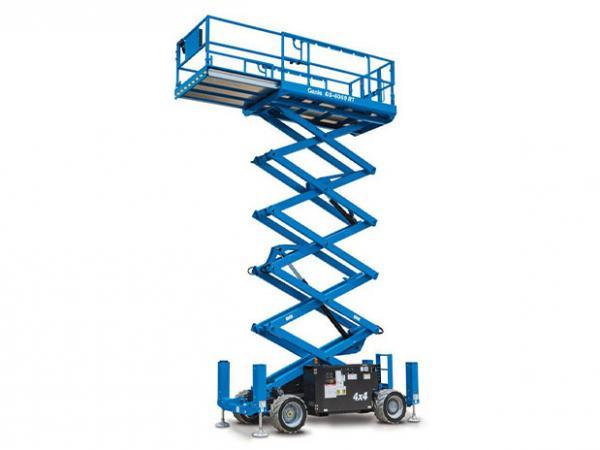Who Invented The Scissor Platform Lift?

As the demands for logistics and warehouse management have grown, so have the technologies and tools that have allowed these warehouses to continue to function safely.
Naturally, as warehouses are built higher and narrower to fit as much inventory as possible, the electric scissor lift has become an essential part of many facilities, but for decades the concept was believed to be impossibly complex until two innovators made it a reality.
The scissor lift was not the first platform lift ever made, with several designs based on cranes and excavation equipment having been used since the 1920s. Famously, these types of lifts were used in Sweden to perform streetlight maintenance.
The problem is that a boom lift requires a wider space to operate, which whilst perfect for many industrial sites was increasingly unsuitable to a warehouse world built around narrow forklift paths and minimal turning circles.
The solution would be to use a different form of elevation based on a scissors mechanism that raised a platform from directly below. A lot of attempts were made to create a suitable system but it would take until 1963 for a feasible patent to emerge.
This patent by Charles Larson was allegedly based on a pantograph, a mechanical device used for manual copying before automatic reproduction was possible and was the first that was simple and effective enough to see its application in industrial settings.
However, whilst Mr Larson filed the patent, he is not believed to have created the first scissor lift. Instead, John W. Parker was credited with creating the first scissor lift, one that quickly led to companies such as JLG and Genie getting involved and refining the system.
Since then, additional developments have allowed scissor lifts to reach greater heights, be available in a range of sizes and be powered by electricity instead of petrol or diesel.


